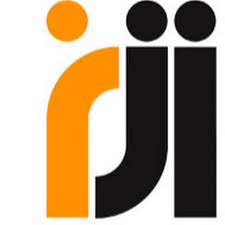KREATIVITAS SISWA MELALUI PENDIDIKAN MATEMATIKA REALISTIK PADA MASA PANDEMI COVID-19
Abstract
This study aims to describe students' creativity in realistic Mathematics Learning during the covid-19 pandemic. The research approach used is qualitative with descriptive research. The subject of this research are students at UPTD SMPN 12 Sinjai. The research instruments used include observation sheets, questionnaire sheets and interview guidelines. Triangulation used in this research is triangulation with technique. While the data analysis technique uses data reduction, data presentation, and drawing conclusions. The results showed that of the 4 research subjects who worked on 2 questions, it was found that all students answered correctly and correctly on question 1, but in question 2 most students answered incorrectly. This is due to a conceptual error in the application of mathematical formulas, some use the concept of a square area and a triangle area even though what is being asked in the problem is the combined perimeter of a square. So that most of the research subjects answered the questions incorrectly. So it can be concluded that realistic mathematics must first understand the basic mathematical concepts and then be able to realize the concepts.
References
Gravemeijer, K.1994. Developing Realistic Mathematics Education. Ultrech: Freudenthal institute
Hadi, Sutarto. Pendidikan Matematika Realistik. Banjarmasin: Penerbit Tulip, 2015.
Irmayanti. 2016. “Proses Berpikir Siswa dalam Pemahaman bilangan Bulat dengan pemberian scaffolding pada kelas VI SDI Inpres Prumnas Antang. Makassar: PPs UNM.
Soedjadi, R. 2001. Pemanfaatan Realitas dan Lingkungan dalam Pembelajaran Matematika. Makalah disajikan pada Seminar Nasional Realistic Mathematics Education di FMIPA UNESA tanggal 24 Februari 2001.
Wijaya, Ariyadi. 2012. Pendidikan Matematika Realistik: Suatu Alternatif Pendekatan Pembelajaran Matematika. Yogyakarta: Graha Ilmu.





